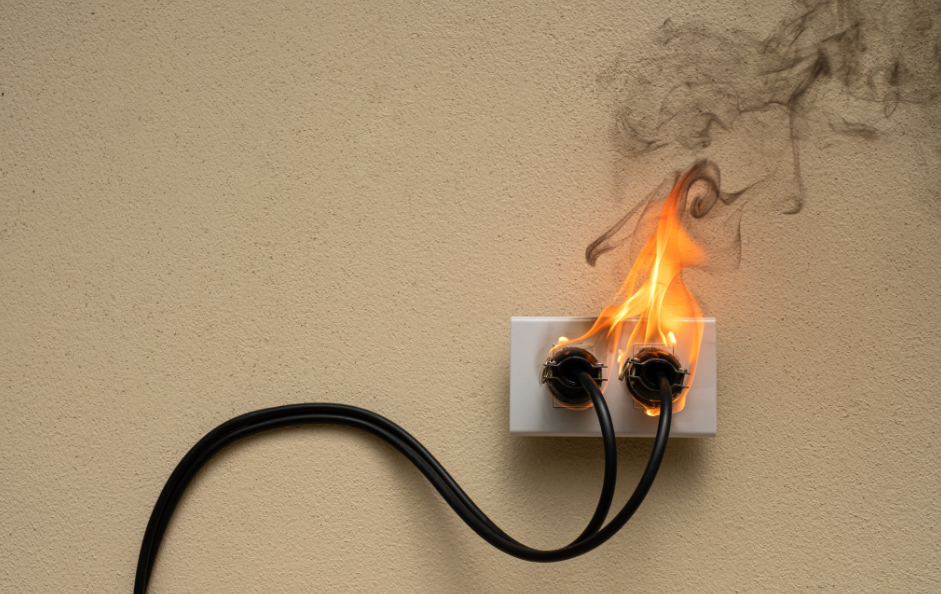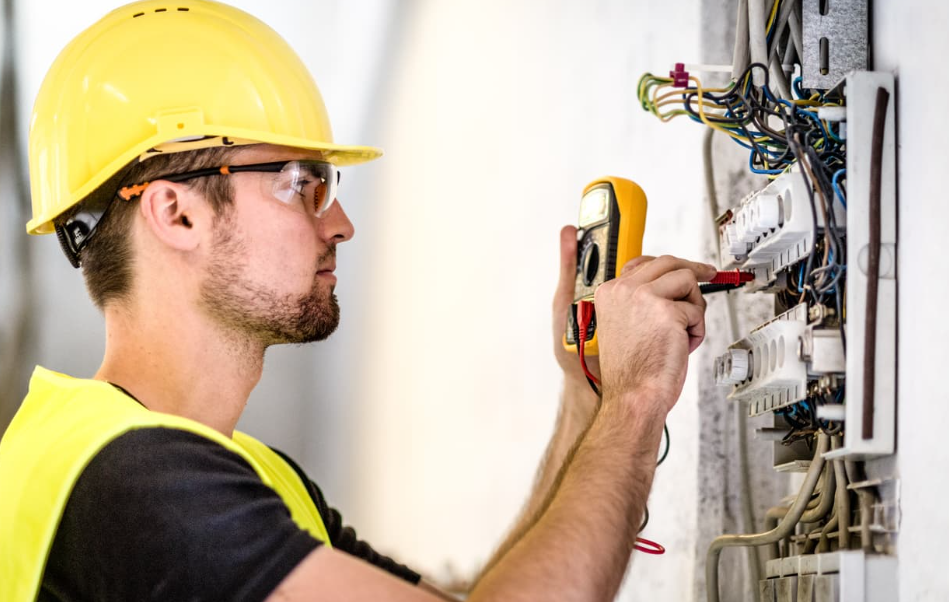Top 5 Practices for Ensuring Electrical Safety in South Auckland
In a world that’s increasingly powered by electricity, safety should be a paramount concern. Ensuring your home or workplace is electrically safe can prevent accidents, fires, and even fatalities. In this blog post, we’ll explore the top five practices for ensuring electrical safety in South Auckland.
-
Regular Inspection and Maintenance
One of the best ways to prevent electrical hazards is through regular inspection and maintenance. This involves checking your electrical systems and devices for any signs of wear and tear, damage, or malfunction. It’s recommended to have an annual inspection, which can uncover hidden issues like faulty wiring or overloaded circuits. Remember, prevention is always better than cure when it comes to safeguarding against electrical dangers.
-
Proper Use of Extension Cords and Outlets
Overloading extension cords or outlets is a common mistake that can lead to serious electrical problems. Avoid plugging too many devices into one outlet or extension cord. If you find yourself relying heavily on extension cords, it might be time to consider installing additional outlets. Additionally, never run cords under rugs or carpets where they can easily overheat and start a fire.
-
Correct Bulb Wattage
Using the correct bulb wattage is another vital practice for ensuring safety. Using a bulb with a higher wattage than what your lighting fixture is designed for can cause overheating and potentially start a fire. Always check the maximum wattage on your lighting fixtures before installing new bulbs.
-
Grounding Electrical Systems
Grounding is a crucial safety measure that helps prevent electrical shocks. Grounded outlets have three prongs – the third prong provides a path for electrical energy to follow if there’s a short circuit, reducing the risk of a shock. If your home has two-pronged outlets, consult with a professional electrician in South Auckland about upgrading to grounded outlets.
-
Educate and Equip
Lastly, education and equipment play significant roles. Make sure you and your family members understand the basics of electrical safety, including not touching electrical appliances with wet hands and not inserting metal objects into outlets.
Additionally, ensure your home is equipped with safety devices like circuit breakers and ground-fault circuit interrupters (GFCIs). These devices automatically cut off power when they detect an issue, preventing shocks and fires.
Conclusion
Ensuring electrical safety in South Auckland is not a one-time task, but a continuous process that involves regular inspection, correct usage of electrical devices, proper grounding, and ongoing education. By following these top five practices, you can create a safer environment for everyone. Here’s to a world with fewer electrical mishaps!


